He stares at us with the assured poise of a young man who may, one day, be king; a 16-year-old prince in exile, he exudes the confidence of youth and – most importantly for his Jacobite supporters – hope.
With the benefit of hindsight, we know that this prince will never become king. But rather, as ‘Bonnie Prince Charlie’, he will command the ill-fated Jacobite Rising of 1745, becoming one of the most recognised names and faces in Scottish history and myth.
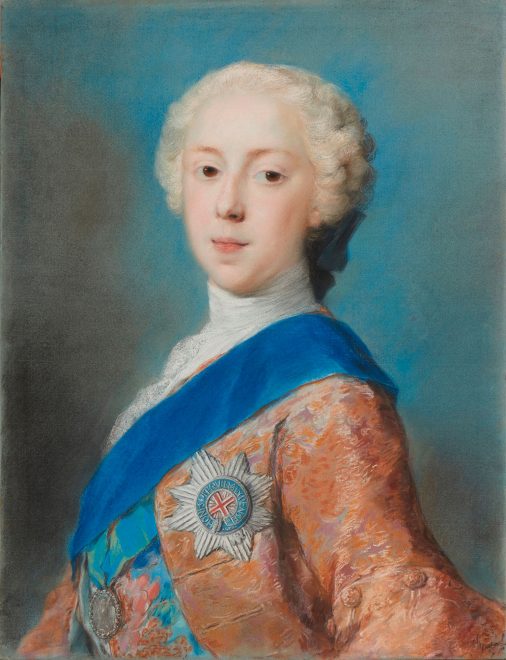
As a researcher of Scotland’s past, I’ve seen countless depictions of Bonnie Prince Charlie – but never this portrait. Painted in Venice in 1737 by Rosalba Carriera – one of the most accomplished and successful female artists of any age – the picture shows Prince Charles Edward Stuart before the events that would define him.
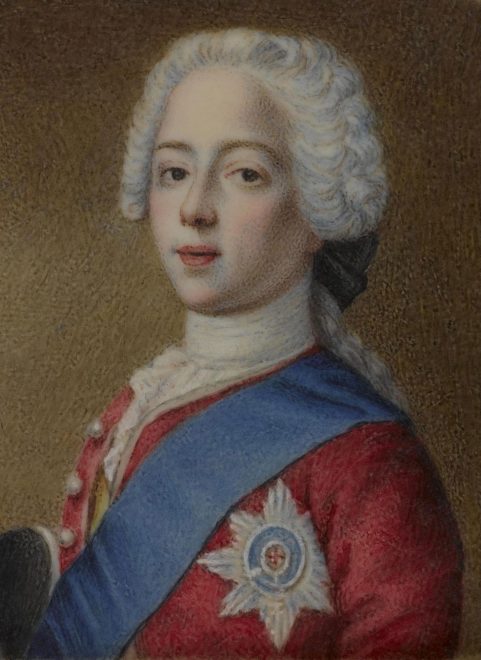
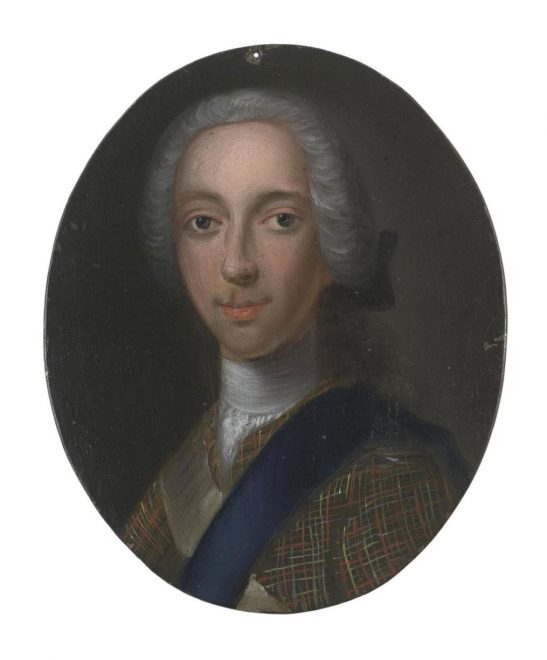
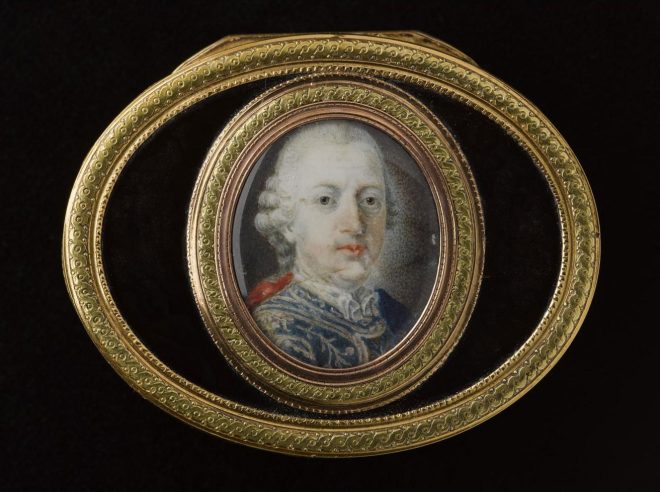
But why has such an important portrait been ‘hidden’ for so long? After the picture was completed, it arrived in Rome and eventually entered a private collection where it went unseen by the world for over 200 years. Fortunately, when it came to auction in 2018, it was bought by The Pininski Foundation, a charitable arts trust founded by Peter Pininski. Thanks to a generous loan from The Pininski Foundation, visitors to the National Museum of Scotland now have a unique opportunity to look upon the face of the young man that would change the course of Scottish history.
The portrait was publically unveiled on Wednesday 24 April 2019 at a special lecture delivered by Professor Edward Corp, the leading authority on Jacobite portraiture. As Professor Corp explained, the portrait is important not just because of the quality of artist, but because of the circumstances in which it was painted.
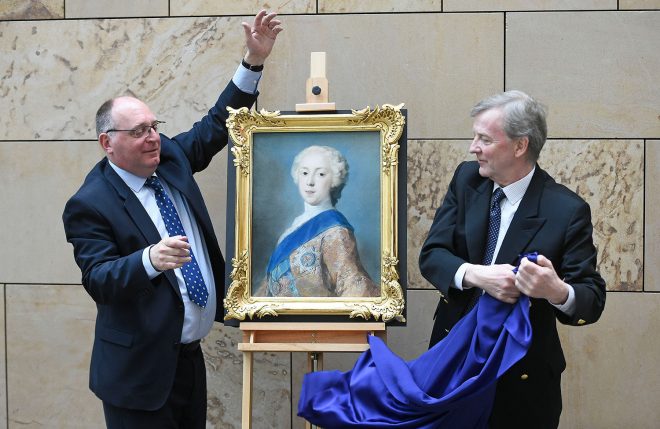
Following the overthrow of the Stuarts at the end of the 17th century, the family and their Jacobite supporters sought refuge in France, before finally settling in the Palazzo Del Re in Rome. Despite being in exile, Prince Charles’ father, James VIII and III, continued to plan for the restoration of the Stuart monarchy. An important part of this planning was creating the right image.
James exclusively employed the artist Antonio David to paint a series of idealised portraits of his family. David’s highly orchestrated pictures depicted the exiled Stuarts as Britain’s rightful royal family, and were used to encourage their supporters to remain faithful to the Jacobite cause.
However, this portrait was painted when Prince Charles was enjoying his first taste of independence, freed from the constraints of his father’s palace in Rome. The prince was visiting the cities and palaces of northern Italy, including a two-week stay in Venice. It was here that he met the internationally renowned pastel painter, Rosalba Carriera.
Far from the commanding gaze of the Stuarts’ palace in Rome, we can imagine that Carriera, unlike David, was allowed to create an image of Prince Charles that was less studied and more natural. Perhaps, even, the young prince exerted his own influence over how the artist portrayed him?
Despite this, Carriera’s pastel portrait remains a piece of Jacobite propaganda. Prince Charles is shown wearing the insignia of both the Order of the Thistle and the Order of Garter – the highest chivalric orders of Scotland and England respectively. As such, the viewer can be clear about the prince’s sense of himself and his ambitions.
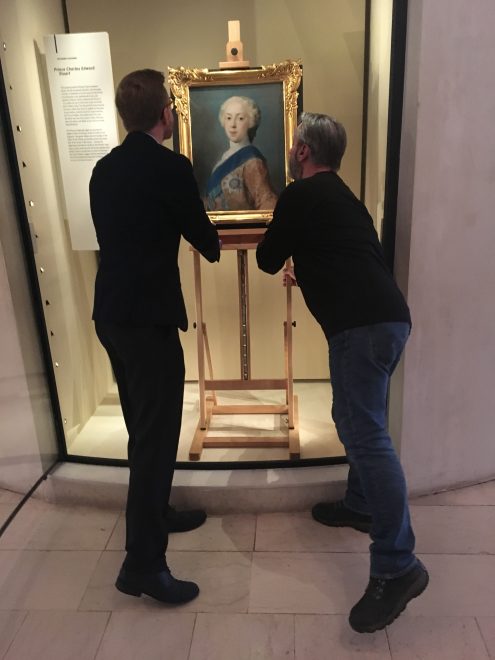
Following the unveiling, staff at the museum set to work to ensure the portrait was ready for visitors to view the following morning. A curved display case on Level 3 of the museum’s Scottish galleries was chosen to house the picture, allowing visitors to get up-close and personal with the teenage prince that would lead the Jacobite challenge.
Rather poetically, the portrait overlooks an array of Jacobite objects in the display cases opposite – many associated with Bonnie Prince Charlie. This includes the prince’s silver travelling canteen, an object made in Edinburgh and probably given to him as a 21st birthday present; it was lost – along with Jacobite hopes – on the battlefield of Culloden.
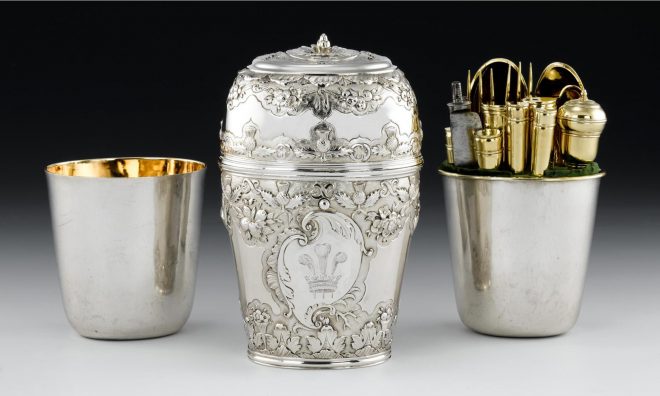
Carriera’s portrait of Prince Charles Edward Stuart is on display in the Scotland Transformed gallery on Level 3 until 27 May 2019. It is on loan from The Pininski Foundation.
